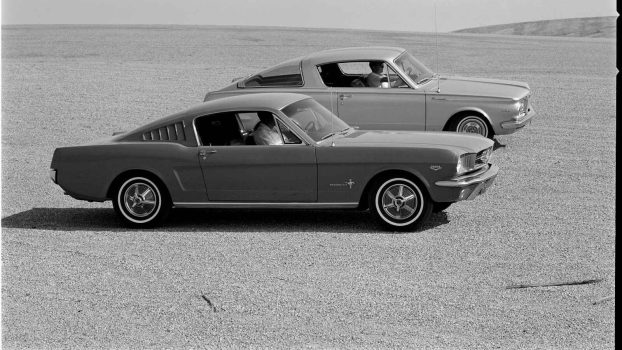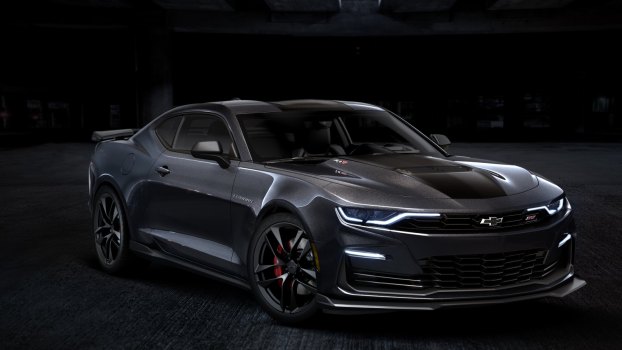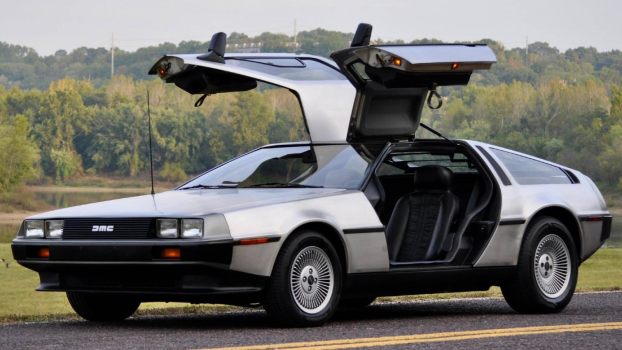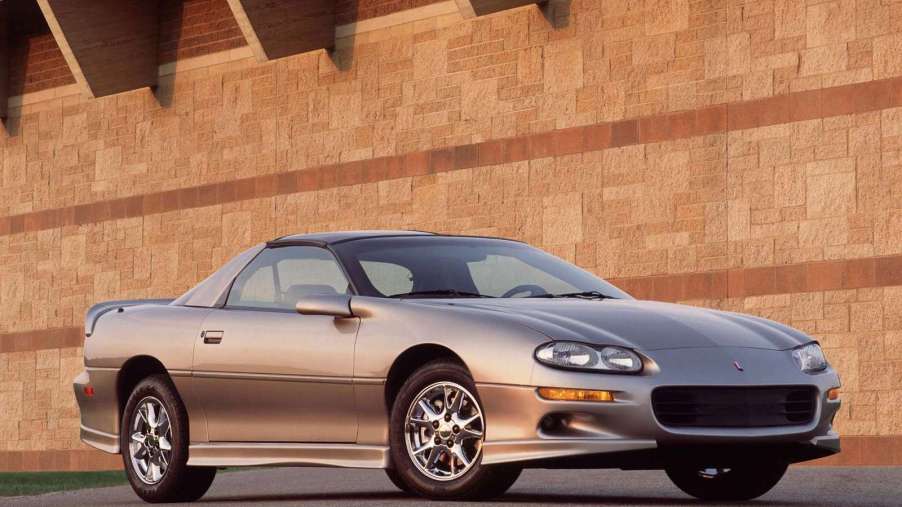
The catfish Camaro is thought of by some enthusiasts as the ugliest and most poorly built Camaro model to date. However, it really wasn’t all that bad. In fact, the catfish could be the most underrated Camaro model ever produced.
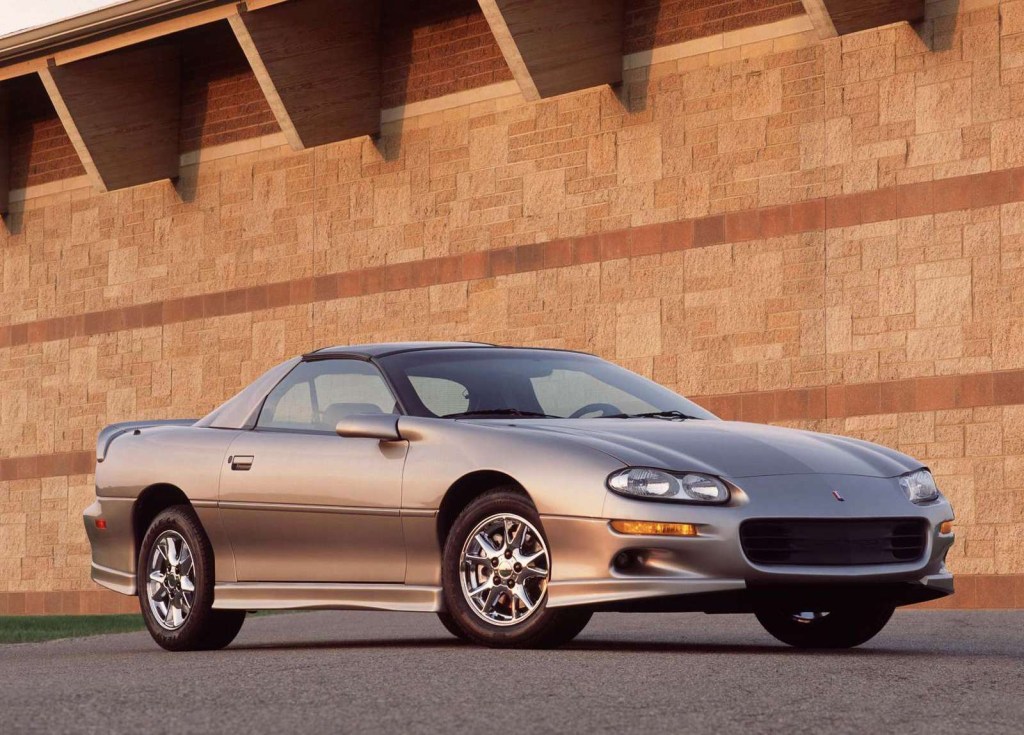
Never judge a Chevrolet Camaro by its looks
You’re probably wondering where the nickname “catfish Camaro” comes from. This Camaro was produced from 1998 to 2002. It had flush headlights and a front grille that looked like a gaping mouth. You might have to squint your eyes a little, but theoretically, the car looks a lot like a catfish, hence the name.
The fourth-generation Chevrolet Camaro was actually in production from 1993 to 2002. GM just updated it with the fish-looking facelift for the 1998 model year. But that’s not the only thing that made such a stark difference between the third and fourth generations of the car.
The Camaro was previously known for its sharp angles and boxier shape, but when it was redesigned in 1993, it featured much rounder and wider edges, making it look much sleeker. But many enthusiasts didn’t agree. And while it’s easy to dismiss the car from the outside, you should remember to never judge a book by its cover, nor judge a car by its looks.
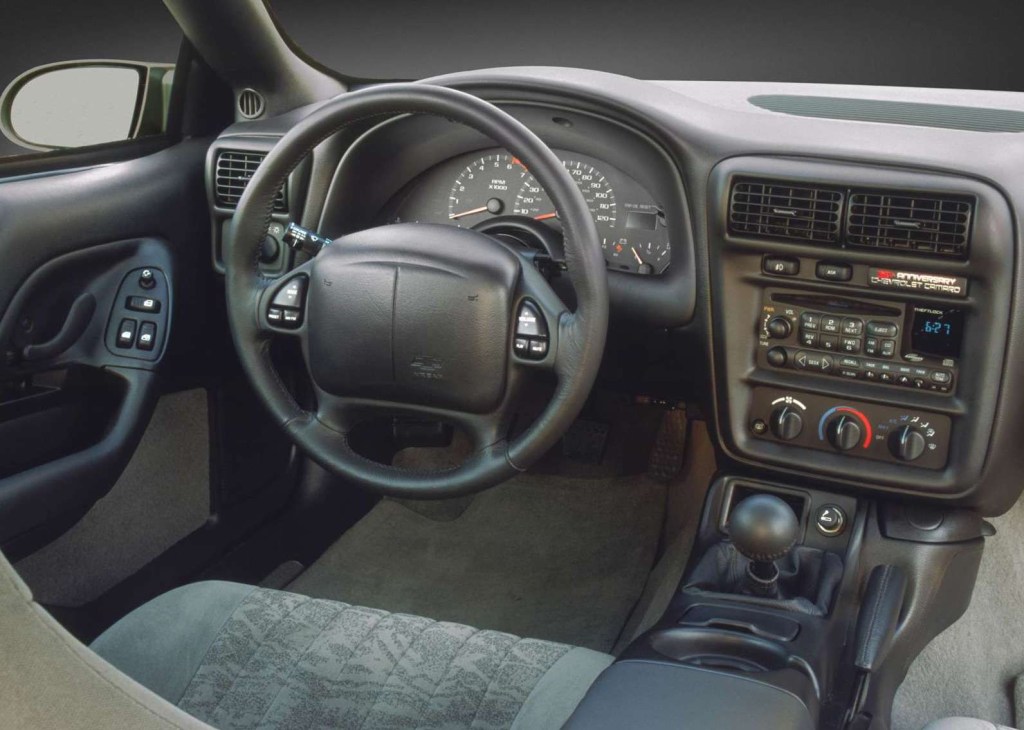
There are many upsides to the fourth-generation Camaro
Whether you think the fourth-generation Camaro looked good or not, there was a method for GM’s madness. For starters, the new design gave the Camaro the lowest drag coefficient of any other Camaro ever produced. This means that the catfish face was actually more for function than form, as the fourth-gen Camaro proved to be aerodynamic.
Don’t get us wrong, though; this Chevy Camaro was still built by GM in the nineties, which meant that the interior quality featured cheap plastics, a boring layout, and leather seats that felt and looked more like vinyl. At least it came with a CD player.
Interior aesthetics aside, the real hidden gem was under the hood. The fourth-generation Camaro was powered by a 5.7-liter LS1 V8 engine that produced 325 horsepower and 350 lb-ft of torque and was mated to either a four-speed automatic or six-speed manual transmission. With the manual transmission, MotorTrend reported a 0 to 60 time of 4.9 seconds and a quarter-mile time of 13.9.
Needless to say, this catfish was quick, especially considering it weighed 3,400 pounds.
There’s a secret under the catfish Camaro’s hood
That LS1 engine was powerful, and for those in the know, it was also the same engine that was stuffed under the hood of the C5 Chevrolet Corvette. However, the Camaro’s LS1 engine was actually rated at 20 horsepower lower than its Corvette stablemate.
Truthfully, the difference was only on paper. In actuality, the catfish Camaro had the same exact engine as the Corvette, just at a much lower price.
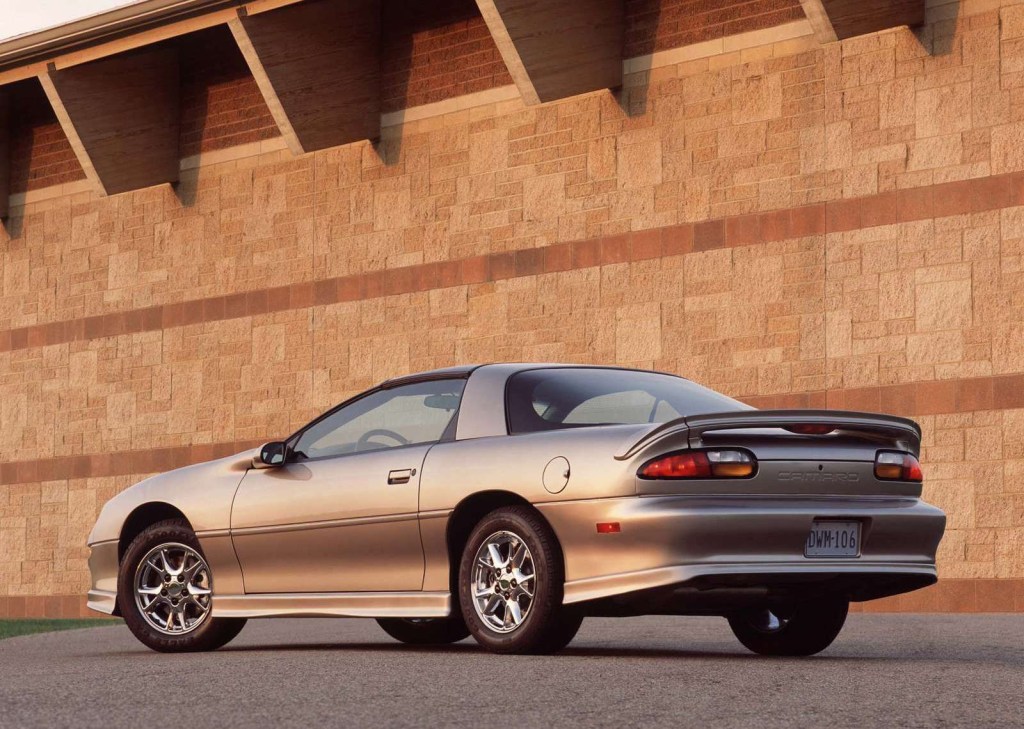
The catfish Camaro is still an affordable used sports car
The fourth-generation Camaro was priced at $20,000 when it first debuted. You can now find a 1998 to 2002 Chevrolet Camaro under $15,000, depending on the car’s location, age, and condition. And while it might be ugly and have a bland interior, the fourth-generation is severely underrated given its performance value.
